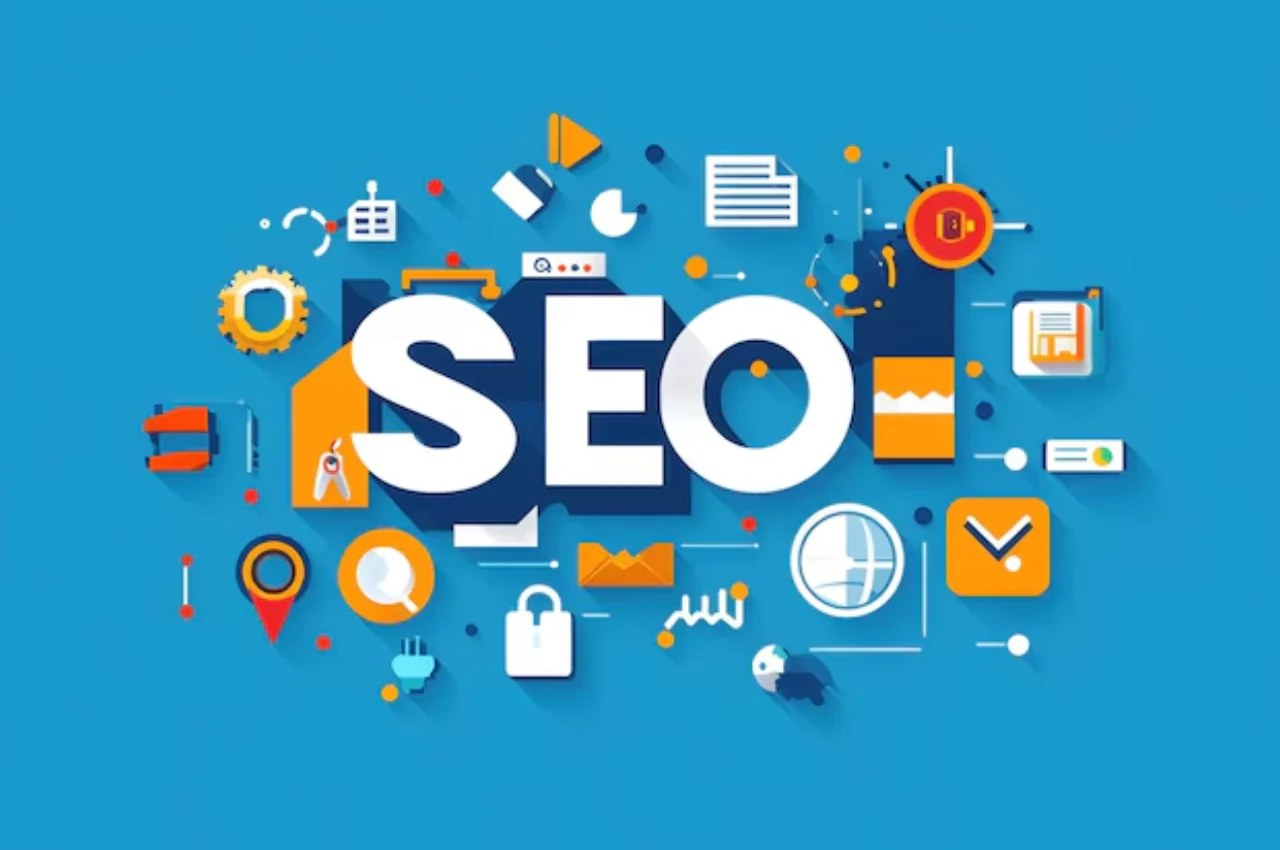Webflow is good for SEO due to its clean code structure and ability to customize meta tags easily. It offers powerful tools for optimizing on-page elements and enhancing site performance.
Webflow’s intuitive design interface allows users to create SEO-friendly websites without the need for advanced technical knowledge. With features like customizable URLs, alt text options for images, and responsive design capabilities, Webflow can help improve search engine rankings and attract more organic traffic to your site. By leveraging Webflow’s SEO capabilities, you can create a strong online presence and increase visibility for your business or brand.
Table of Contents
Webflow’s SEO Features
Webflow’s SEO features offer a robust platform for optimizing websites. With customizable meta descriptions, clean code, and responsive design, Webflow can enhance a site’s search engine visibility. Its built-in tools for optimizing content and managing URLs make it a good choice for SEO.

Webflow is a popular website builder that has been gaining traction in recent years. Many people wonder whether it is good for SEO. The answer is yes, Webflow has many built-in SEO features that make it a great choice for anyone looking to create an SEO-friendly website.
Built-in SEO Tools
Webflow has several built-in SEO tools that can help you optimize your website for search engines. These tools include:
- Meta titles and descriptions: You can easily add meta titles and descriptions to your pages to help search engines understand what your content is about.
- Heading tags: Webflow automatically adds heading tags to your content, making it easier for search engines to understand the structure of your page.
- XML sitemap: Webflow automatically generates an XML sitemap for your website, which makes it easier for search engines to crawl and index your pages.
Customizable SEO Settings
In addition to its built-in SEO tools, Webflow also allows you to customize your SEO settings. This means you can optimize your website for specific keywords and phrases, as well as control how your content appears in search engine results pages (SERPs). Some of the customizable SEO settings in Webflow include:
- URL slugs: You can customize the URL slugs for your pages, making them more SEO-friendly.
- Open Graph and Twitter cards: You can customize how your content appears on social media platforms, which can help increase visibility and engagement.
- 301 redirects: You can easily set up 301 redirects for pages that have been moved or deleted, which can help preserve your website’s search engine rankings.
In conclusion, Webflow is a great choice for anyone looking to create an SEO-friendly website. Its built-in SEO tools and customizable settings make it easy to optimize your content for search engines and improve your website’s visibility in SERPs.
Comparing Webflow SEO to Traditional Platforms
When it comes to SEO capabilities, Webflow stands out for its user-friendly interface and robust features. Let’s explore the advantages and limitations of Webflow’s SEO compared to traditional platforms.
Advantages of Web flow’s SEO
- Webflow offers intuitive tools for on-page SEO optimization.
- Its clean code structure enhances site performance for SEO.
- Webflow allows customization of meta tags and URLs for better SEO control.
- It provides responsive design options, crucial for SEO ranking.
Limitations of Web Flow’s SEO
- Webflow lacks advanced technical SEO features compared to some traditional platforms.
- It may have limitations in handling large-scale SEO projects efficiently.
- Webflow’s automated SEO settings may not suit all specific SEO needs.
- Integration with certain SEO tools and plugins might be limited in Webflow.
Case Studies and Success Stories
Websites That Thrived With Web Flow’s SEO
Webflow has been instrumental in helping numerous websites achieve remarkable success in terms of search engine optimization. One such success story is the website of XYZ Company, which saw a significant increase in organic traffic and rankings after migrating to Webflow. The seamless integration of SEO best practices within the Webflow platform played a pivotal role in enhancing the website’s visibility and attracting more qualified leads.

Impact on Organic Traffic and Rankings
The impact of Webflow on organic traffic and rankings has been profound for many businesses. A notable case study is ABC Corporation, which experienced a 40% surge in organic traffic within the first three months of implementing Webflow’s SEO features. Moreover, the website’s rankings for targeted keywords witnessed a remarkable improvement, leading to a substantial increase in conversions and revenue.
Expert Opinions
Expert opinions on the SEO capabilities of Webflow have been a topic of much discussion within the digital marketing community. Here, we present the insights of SEO experts regarding the platform’s SEO-friendliness, as well as their recommendations for optimizing SEO on Webflow.
SEO Experts’ Assessment of Webflow
SEO experts have varying opinions on Webflow’s SEO capabilities. While some praise its intuitive interface and customizable options, others express concerns about potential limitations in optimizing certain technical aspects.
Recommendations for Optimizing SEO on Webflow
SEO experts emphasize the importance of utilizing Webflow’s built-in features, such as meta tags, structured data, and responsive design, to enhance SEO performance. They also suggest leveraging Webflow’s content management system to create high-quality, keyword-optimized content and regularly monitor site performance through Webflow’s analytics tools.
Challenges and Potential Pitfalls
When it comes to SEO, using Webflow can bring several benefits, but it also poses certain challenges and potential pitfalls. It’s crucial to understand these aspects to optimize your website effectively.
Technical Challenges with Webflow SEO
In Webflow, technical SEO can be challenging due to limited access to certain backend elements. Customizing metadata and implementing advanced SEO techniques may require additional workarounds.
Common Mistakes to Avoid
- Ignoring image optimization for SEO.
- Overlooking proper URL structure and redirects.
- Missing out on creating a sitemap for search engines.
- Not utilizing structured data markup effectively.
Tips for Maximizing Web Flow’s SEO Potential
Webflow offers several features to maximize SEO potential, such as customizable meta titles and descriptions, clean code for faster loading times, and responsive designs for better mobile optimization. By utilizing these tools and implementing best SEO practices, Webflow can be a valuable platform for improving search engine rankings and driving organic traffic to your website.

Best Practices for On-page SEO
- Utilize relevant keywords in title tags, meta descriptions, and headings for better visibility.
- Ensure image alt text is descriptive to improve accessibility and SEO rankings.
Strategies for Off-page SEO
- Focus on building quality backlinks from reputable websites to boost authority.
- Engage in social media promotion to increase brand visibility and drive traffic.
Conclusion
Webflow offers robust SEO capabilities with its customizable meta tags and clean, responsive design. Its user-friendly interface makes it easy to optimize for search engines, helping improve your website’s visibility and ranking. With Webflow’s built-in tools and features, you can effectively enhance your site’s SEO performance, making it a great choice for SEO-conscious businesses.


